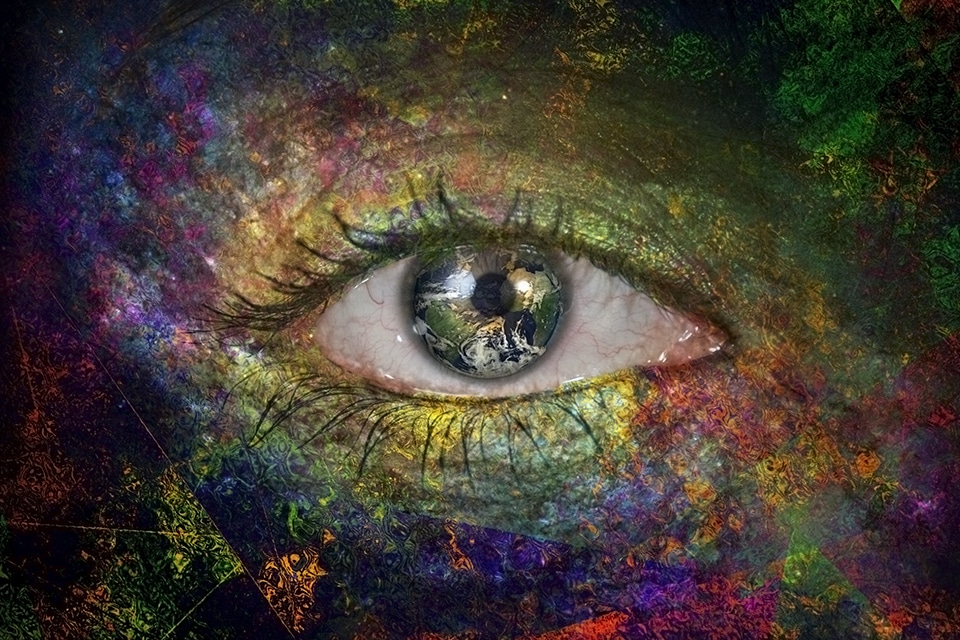It was during the summer of 2003 when I found myself one evening in an upstairs bedroom of a home in Alameda, California, staring into my computer screen, searching my mind for an email address.
I was in my late 20s at the time. And, were it not for the generosity of the couple whose home I was taking up space in, I probably would have been basically homeless. I was working part time as a church musician and choir director. I had put my graduate degree on pause, having completed all my classes but failing to come up with a compelling thesis topic and the motivation to write it. In short, I was staring down the crossroad of life trying to figure out my next step. And, as one often does when they are lost in their 20s, I took a wild leap and tried something totally different. I signed up to participate in a study and internship program abroad, my first-ever overseas trip. Destination: India.
I didn’t know much about this phenomenal country that I would be spending the next year and several months of my life in. Nor could I have anticipated how radically it would re-orient my life and perspectives. But I did know that communication with family and friends could be potentially challenging while I was abroad. So to stay connected, I needed a straightforward email address where anyone could find me.
Choosing an email address that went beyond first name/last name offered a compelling way of injecting a bit of personality into my home on the internet. I started searching for a word, a phrase, something that expressed my personality, my stance in the world, more fully than my name ever could. There were a number of directions I could take: funny, sweet, tongue-in-cheek, sassy, bold. But I wanted something with longevity, something that could convey beauty, a subtle spirituality, earthiness. It had to say something about that which I deeply valued. Yes, I know…it’s just an email address. But in my universe, everything is symbolic!
That’s how colorthisworld became my moniker. It was my rally cry, my aspiration. And more than a decade later, it became the name of my life’s work. I was going to throw myself into the world in ways that went far beyond my comfort zone. And in doing so, I would seek to bring color, vibrancy, and life to everything I encountered.
Receiving the light
I have always seen color as beautiful, that which reflects the light of the world in different variations, that which makes skies and plants and humans varied and interesting. I appreciate the differences and diversity. What I didn’t realize at the time, because of the privileged position that I occupy in the world, was that color could inspire hate. The color in a person’s skin could make others treat them differently, make others fear them, judge them, even commit acts of horrific violence against them. What I would come to understand even more in the months and years and decades of my life that followed was that color has a complicated history among humans.
Science tells us that color is the way that our eyes see refractions of light. To see color, you have to have light. Our perception of color relies on particular wavelengths of light that are reflected off of an object.
But that is only part of the story. Color relies on the “eye of the beholder.” To see color, we must receive the light into our eyes in a particular way so as to see red, yellow, black and brown and white.
Color is all around us. Color has something to show us about the world we live in and how we perceive it. But when we value white color over black color, white bodies over black bodies, we are imposing a false distinction on the world, on people’s bodies, on people’s lives. We imbibe color with meaning. Dangerous meaning. The “eye of the beholder” becomes biased. We can start to see things as they’ve always been seen without challenging our assumptions. We can create whole narratives around what we see and what is truly going on.
This month as we celebrate Pride Month and embrace the dignity and freedom of expression of our LGBTQ+ brothers and sisters, this month when we mourn the death of George Floyd and so many other black people who have suffered and died under the edifice of white supremacy, this time in history when we are emerging from our pandemic hideouts and learning to see the world anew, I have been thinking a lot about color and the role it plays in our culture and society. How might we truly SEE the world anew? How can we cast off our biases, our deep-rooted narratives about the world and about people of different colors and cultures than our own?
Seeing things anew
I believe we are being called to new sight. The issues that are coming to the surface — police brutality, racism, white supremacy, inequitable access to health care, education, and opportunity — these have been with us for a long, long time. There is nothing happening in our society today that hasn’t, sadly, been happening for decades. What is new is our opportunity to see things anew. And in seeing anew, we can open to new possibilities, new narratives, new experiences of people, new ways of moving through the world.
Can we embrace the full color of our humanity? Can we allow all colors, all people to live freely in the world? Can we embrace the subtle refractions of light that each human person emanates through their culture, their history, their skin, their breath? Can we invite their stories and their experiences to be shared?
Actually, I don’t want to talk in metaphors anymore. Here is where the metaphor ends and the work must begin.
June 11, 2020
Thoughts on Color
